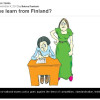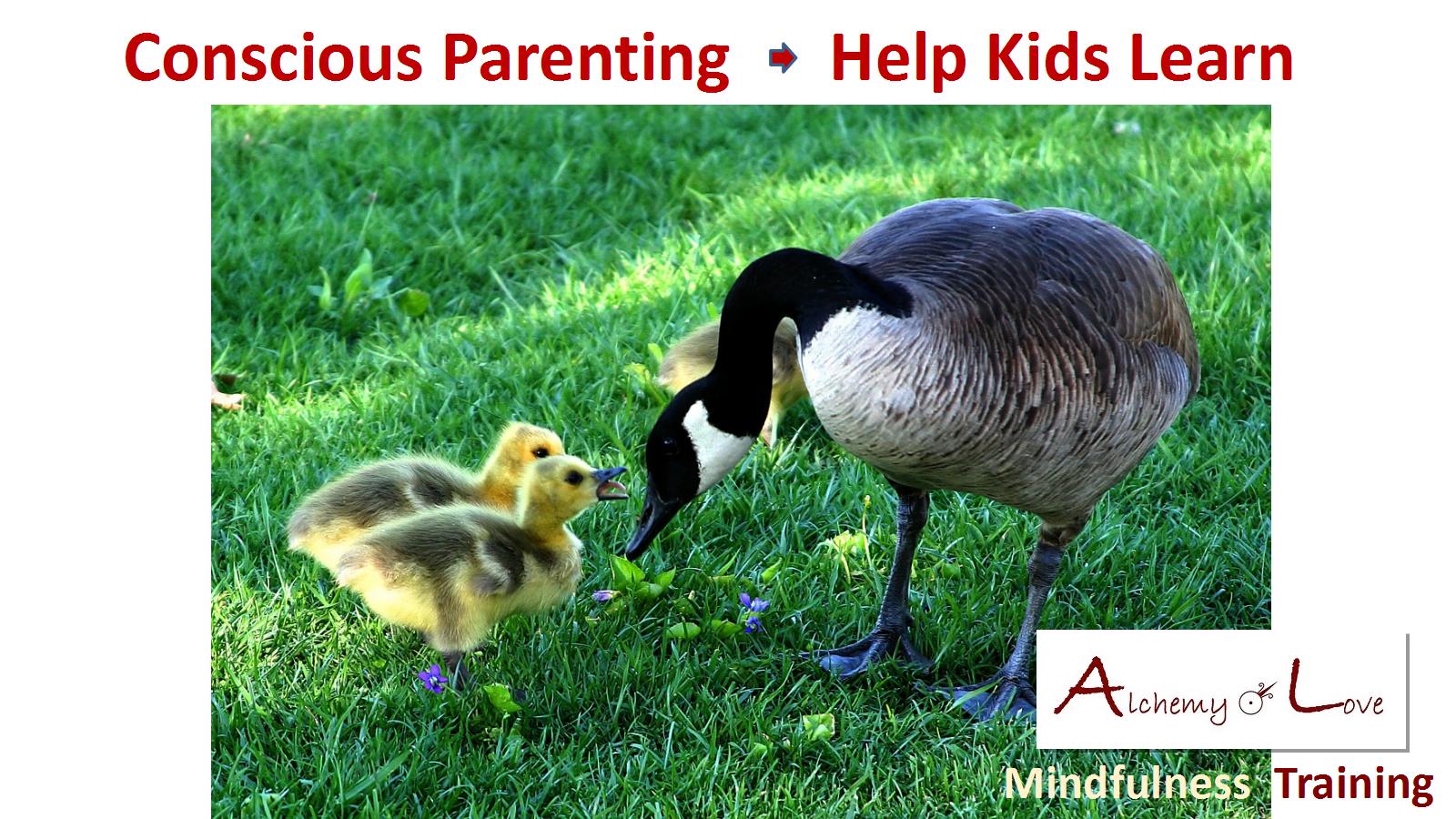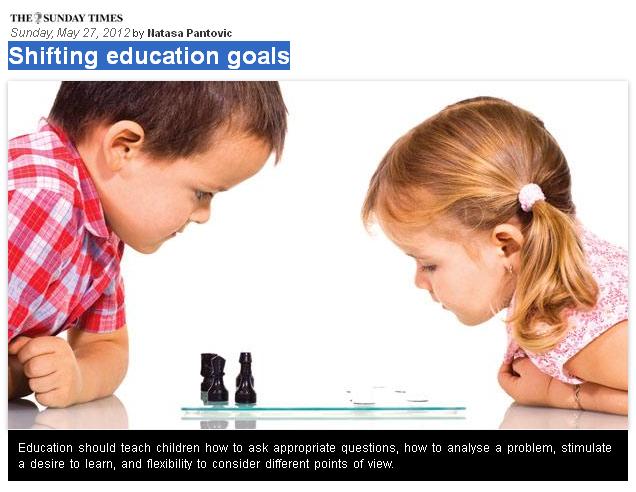
Will we learn from Finland
Educational Lessons from Finland Who we are, Education, RelationshipsOur Children
Will we learn from Finland?
Educational Lessons from Finland
Test oriented culture
One of the unfortunate limitations of test-oriented education is that if our children pass their school tests, they are considered winners; otherwise, they are viewed as losers and this classification is engraved in their minds at a very young age.

In an exam-driven culture, a good student means one who achieves high scores. In such a system, life skills such as self-confidence, contemplation, passion for science and love for knowledge are all underestimated. Education is just a passive reproduction of the ideas others have presented. Children are encouraged to simply repeat; they are spoon-fed, even though this method is boring.
Educational Lessons from Finland = Finland and no exams policy
Finland, a current leader of educational reform in the world, has implemented a no-national-exams policy and succeeded in creating a generation of inspired and outstanding students.
At the same time it is committed to quality teaching; to teach in Finland, one needs to have a master’s degree.
The Programme for International Student Assessment (Pisa) measures average scores for reading, mathematics and science literacy by country. Finnish students have continued to place close to the top of all the subjects on the Pisa list; by comparison, the US ranked 15th in read-ing, 19th in maths and 27th in science.
Finland’s no-national-exams policy goes against the trend of competition, standardisation, testing and control. The education authorities were criticised by traditional forces; they were warned that the end of tracking was a recipe for mass mediocrity.
However, after examining the Finish educational model, Linda Darling-Hammond, Professor of Education at Stanford University, US, commented: “Thirty years ago, Finland’s education system was a mess.
“It was quite mediocre, very inequitable. It had a lot of features our system has: very top-down testing, extensive tracking, highly variable teachers, and they managed to reboot the whole system.”
Pasi Sahlberg, of Finland’s Education Department, explained: “We prepare children to learn how to learn, not how to take a test”.
He noted that even the concept of Pisa goes against Finland’s no exam policy, adding that “we are not much interested in Pisa. It’s not what we’re about.”

Read also How to punish a child for stealing and lying
A teenage son steals and lies for his gaming addiction
Educational Lessons from Finland: Finish Educational Secrets of Success
Dr Sahlberg said Finnish children don’t start school until they are seven years old because it is seen as a violation of children’s right to be children for them to start school any sooner than seven. “The first six years of education are not about academic success,” he said. “We don’t measure children at all. It’s about being ready to learn and finding your passion.”
According to the most recent survey by the Organisation for Economic Co-operation and Development (OECD) the smallest differences in the world between the strongest and weakest students are found in Finland. There are no private schools in Finland; all the schools are public.
Since 1985, Finnish students are not tracked or grouped by ability. Since 1991, Finnish authorities have also stopped holding back underachievers, arguing that repeating a grade creates a very stigmatising environment and that students are better off if they are given extra help and if they are tutored by learning specialists.
 While very heavy standardised testing is a norm in many countries, the Finnish authorities concluded that such tests cost too much to administer and generate undue stress.
While very heavy standardised testing is a norm in many countries, the Finnish authorities concluded that such tests cost too much to administer and generate undue stress.
The Finnish answer to such testing was to trust teachers and to have only a small sample of students sit for exams to keep track of school performance. However, the results of these tests are not made public. Finland has only one set of national exams, when students are about to leave secondary school, aged 18.
Teachers in Finland are given the freedom to design their own courses, and to interpret the subject as they see fit, using a national curriculum as a guide, not a blueprint.
If they like, teachers can take their children outside the classroom and learn to add and subtract by counting objects in nature.
Students between the ages of seven and 16 have many classes each week in sports, arts, music, cooking, carpentry, metalwork and textiles. The Finnish school day is short and includes ample break time to give children a lot of opportunity to run around and play.
Finland has learnt the lesson that it is wiser to minimise testing, to invest in more interesting curricula, smaller classes, project work environment, labs and learning based on experiments, and offer better training, pay and treatment of teachers.
This is an Article by Natasa Pantovic Nuit, first time published in Sunday Times of Malta.






Will we learn from Finland No comments on Will we learn from Finland: